Home>Gardening & Outdoor>Plant Care & Gardening Tips>When Is Wildflower Season In Pennsylvania
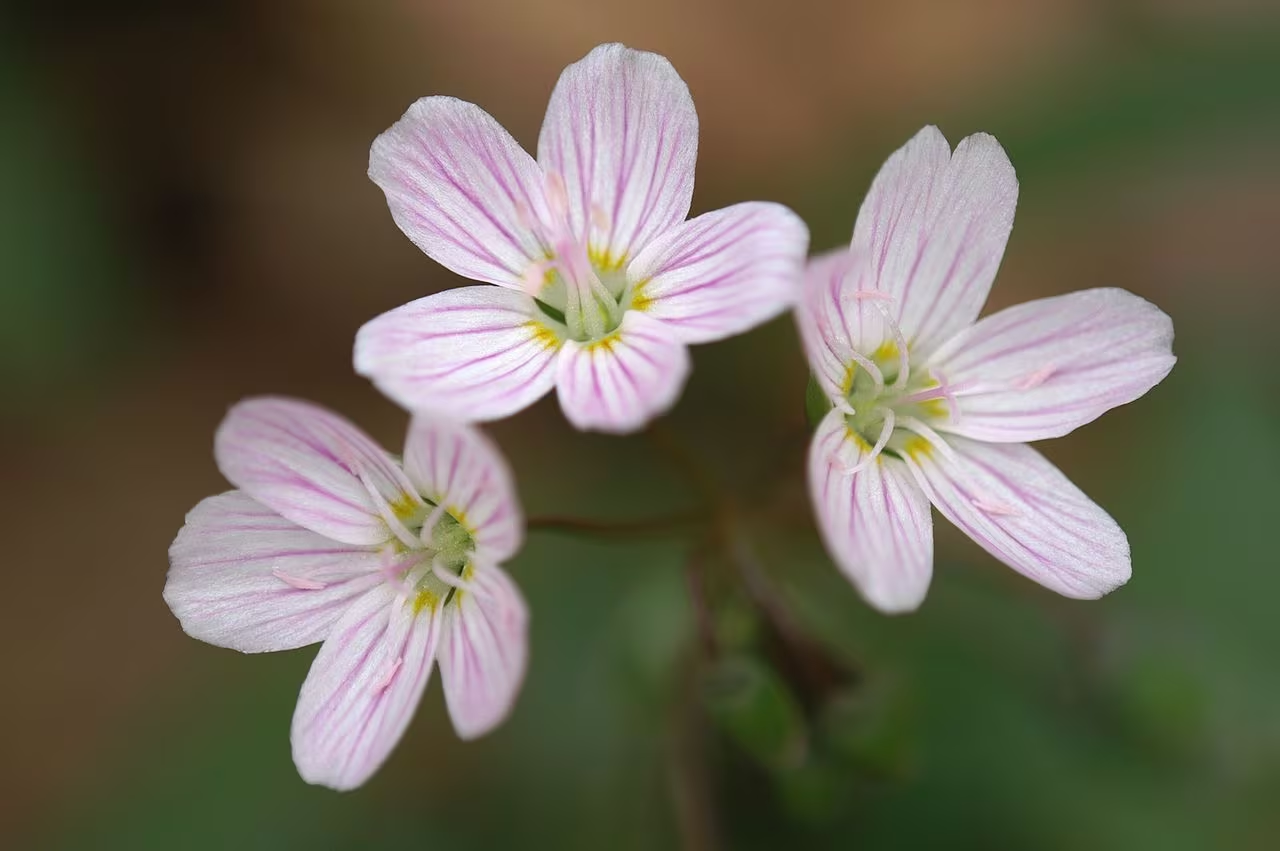

Plant Care & Gardening Tips
When Is Wildflower Season In Pennsylvania
Modified: March 21, 2024
Discover the best time for wildflower season in Pennsylvania and get expert plant care and gardening tips to make the most of this beautiful natural phenomenon. Explore the ideal conditions for wildflowers and enhance your gardening skills today!
(Many of the links in this article redirect to a specific reviewed product. Your purchase of these products through affiliate links helps to generate commission for Storables.com, at no extra cost. Learn more)
**
Introduction
**
Welcome to the enchanting world of wildflowers in Pennsylvania! Each year, nature puts on a spectacular show as the landscape bursts into a kaleidoscope of vibrant colors and delicate blooms. Wildflower season in Pennsylvania is a time of wonder and beauty, offering a unique opportunity to witness the natural splendor of the Keystone State.
As the chill of winter gives way to the warmth of spring, Pennsylvania's woodlands, meadows, and parks come alive with a breathtaking display of wildflowers. From the iconic trillium and bloodroot to the cheerful daisy and elegant lady's slipper, the state's diverse ecosystems provide a rich tapestry of floral treasures.
In this article, we will delve into the captivating world of wildflowers, exploring the factors that influence their blooms, the best places to experience their beauty, and tips for making the most of wildflower season in Pennsylvania. Whether you are a nature enthusiast, a photography aficionado, or simply seeking a serene escape into the outdoors, wildflower season offers an opportunity to connect with the natural world in a truly magical way.
So, prepare to be captivated by the splendor of Pennsylvania's wildflowers as we embark on a journey through their enchanting realm. Let's unravel the mysteries of wildflower season and discover the best ways to revel in the breathtaking displays that grace the landscapes of Pennsylvania.
**
Key Takeaways:
- Wildflower season in Pennsylvania spans from early spring to late summer, showcasing a diverse array of blooms in woodlands, meadows, and parks, offering a magical connection to nature’s beauty.
- Factors like climate, soil, and sunlight influence wildflower blooms, making it essential to understand these dynamics for a richer appreciation of Pennsylvania’s floral treasures.
Read more: When Is Montana Wildflower Season
Understanding Wildflower Season
**
Wildflower season in Pennsylvania typically spans from early spring to late summer, with peak bloom times varying across different regions of the state. Understanding the intricacies of wildflower season can enhance your appreciation of these natural marvels and help you plan your wildflower excursions effectively.
During early spring, as temperatures begin to rise and daylight hours lengthen, the first signs of wildflower blooms emerge in Pennsylvania. This period heralds the arrival of ephemeral wildflowers, such as trillium, bloodroot, and spring beauty, which carpet the forest floors with delicate hues. As spring progresses, a diverse array of wildflowers, including violets, bluebells, and wild geraniums, grace the woodlands and meadows, creating a mesmerizing spectacle of colors.
As the seasons transition into summer, a new wave of wildflowers takes center stage. Species such as black-eyed Susans, butterfly weed, and bee balm adorn the landscapes, attracting a myriad of pollinators and adding a vibrant energy to the natural surroundings. Late summer brings forth the blooms of goldenrods, asters, and Joe-Pye weed, infusing the fields and meadows with a final burst of floral abundance before the arrival of fall.
It’s important to note that the timing of wildflower blooms can be influenced by various factors, including weather patterns, precipitation, and temperature fluctuations. Additionally, the unique microclimates present in different regions of Pennsylvania contribute to the diversity and timing of wildflower displays. By understanding these nuances, you can anticipate and savor the unfolding of wildflower season with a deeper sense of awareness and awe.
Wildflower season offers a captivating glimpse into the intricate rhythms of nature, showcasing the resilience and beauty of these native plants. Whether you are a seasoned wildflower enthusiast or a newcomer to the world of native flora, embracing the nuances of wildflower season can enrich your outdoor experiences and foster a profound connection with the natural world.
**
Factors Affecting Wildflower Blooms
**
The mesmerizing blooms of wildflowers are influenced by a myriad of factors, each playing a crucial role in shaping the timing and abundance of floral displays across Pennsylvania’s landscapes. Understanding these factors can provide valuable insights into the dynamic nature of wildflower blooms and the conditions that contribute to their splendor.
1. Climate and Weather Patterns: Wildflower blooms are intricately linked to climate and weather conditions. Temperature fluctuations, precipitation levels, and seasonal patterns can profoundly impact the timing and duration of wildflower displays. A mild winter followed by a gradual warming trend in spring can encourage early blooms, while sudden temperature shifts or unseasonable frosts may affect the longevity of certain wildflowers.
2. Soil Composition and pH: The composition and pH of the soil play a pivotal role in supporting wildflower growth and blooms. Different wildflower species have specific soil preferences, and variations in soil composition can influence the health and vitality of floral populations. Understanding the soil characteristics favored by specific wildflowers can aid in identifying optimal habitats for viewing these blooms.
3. Sunlight and Shade: The availability of sunlight and shade within a habitat can impact the growth and blooming patterns of wildflowers. Some species thrive in sunny, open meadows, while others flourish in the dappled light of woodland environments. Understanding the light requirements of different wildflowers can guide enthusiasts to the ideal locations for observing specific blooms.
4. Ecosystem Diversity: Pennsylvania’s diverse ecosystems, including forests, meadows, wetlands, and prairies, provide varied habitats for a wide range of wildflower species. Each ecosystem harbors unique environmental conditions that influence the types of wildflowers that thrive within them. Exploring different ecosystems can unveil a rich tapestry of floral diversity and enhance the overall wildflower viewing experience.
5. Pollinator Presence: The presence of pollinators, such as bees, butterflies, and hummingbirds, is essential for wildflower pollination and reproduction. The abundance and diversity of pollinators within a habitat can contribute to robust wildflower blooms, as well as facilitate the perpetuation of floral populations. Observing the interactions between wildflowers and pollinators adds an enriching dimension to the wildflower viewing experience.
By considering these factors, wildflower enthusiasts can gain a deeper appreciation for the intricate web of influences that shape the blooming patterns of Pennsylvania’s native flora. Embracing the dynamic interplay of these factors can enhance the enjoyment of wildflower season and foster a profound connection to the natural world.
**
Wildflower season in Pennsylvania typically occurs in the spring, from late April to early June. Some popular spots to see wildflowers include Raccoon Creek State Park and Laurel Highlands.
Best Places to See Wildflowers in Pennsylvania
**
Pennsylvania is blessed with an abundance of natural landscapes that provide idyllic settings for encountering the captivating beauty of wildflowers. From expansive state parks to serene nature preserves, the state offers a diverse array of habitats where wildflowers thrive and enchant visitors with their vibrant displays. Whether you are an avid wildflower enthusiast or a casual nature lover, exploring these best places can offer unforgettable experiences during wildflower season.
1. Raccoon Creek State Park: Nestled in the rolling hills of southwestern Pennsylvania, Raccoon Creek State Park is a haven for wildflower enthusiasts. The park’s woodlands and meadows come alive with a stunning array of spring ephemerals, including trillium, bloodroot, and Virginia bluebells. The Wildflower Reserve within the park offers guided walks and interpretive programs, providing an immersive experience for wildflower enthusiasts.
2. Hawk Mountain Sanctuary: Located in the Appalachian Mountains, Hawk Mountain Sanctuary is renowned for its diverse wildflower populations. Visitors can traverse scenic trails adorned with native blooms, such as mountain laurel, cardinal flower, and wild bergamot. The sanctuary’s rugged terrain and sweeping vistas create a picturesque backdrop for witnessing the splendor of mountain wildflowers.
3. Pine Creek Gorge (Grand Canyon of Pennsylvania): The dramatic landscapes of Pine Creek Gorge, often referred to as the Grand Canyon of Pennsylvania, offer an unparalleled setting for encountering a rich tapestry of wildflowers. From the forested slopes to the canyon floor, this majestic region hosts an array of floral treasures, including fire pink, showy orchis, and wild columbine. Exploring the gorge during wildflower season promises a feast for the senses.
4. Shenks Ferry Wildflower Preserve: Situated in southeastern Pennsylvania, Shenks Ferry Wildflower Preserve is a botanical gem that beckons wildflower enthusiasts with its diverse floral showcases. The preserve’s woodlands and serpentine barrens harbor an extraordinary array of native wildflowers, such as shooting star, wild ginger, and blue-eyed grass. Guided walks and educational programs offer valuable insights into the preserve’s floral wonders.
5. Ohiopyle State Park: Embracing the banks of the Youghiogheny River, Ohiopyle State Park is a scenic paradise adorned with wildflowers during the spring and summer months. Visitors can revel in the beauty of blooms such as Dutchman’s breeches, wild geranium, and jewelweed while exploring the park’s enchanting trails and riverine habitats.
By venturing to these exceptional locations, visitors can immerse themselves in the captivating world of Pennsylvania’s wildflowers, gaining a deeper appreciation for the state’s natural heritage and the diverse floral treasures it harbors.
**
Tips for Enjoying Wildflower Season
**
Embarking on a wildflower adventure in Pennsylvania’s natural landscapes offers a delightful opportunity to connect with the state’s rich botanical diversity. Whether you are a seasoned wildflower enthusiast or a first-time visitor, these tips can enhance your enjoyment of wildflower season and ensure a rewarding and memorable experience.
1. Timing Is Key: Research the typical bloom times for different wildflower species in Pennsylvania to plan your visits accordingly. Early spring is ideal for ephemeral blooms, while mid to late spring offers a diverse array of wildflowers. Understanding the seasonal patterns can help you witness the most spectacular displays.
2. Respect Nature: When exploring wildflower habitats, tread lightly and avoid trampling delicate blooms. Stick to designated trails and pathways to minimize impact on the surrounding flora and fauna. Respecting the natural environment ensures that future generations can also enjoy the beauty of wildflowers.
3. Bring Essential Gear: Prepare for your wildflower excursions by packing essentials such as water, sunscreen, insect repellent, and comfortable footwear. A camera or smartphone can capture the stunning wildflower displays, allowing you to preserve the memories of your outdoor adventures.
4. Educate Yourself: Familiarize yourself with the native wildflowers of Pennsylvania by utilizing field guides, online resources, and educational programs offered by parks and nature centers. Learning about the unique characteristics of different wildflowers can enrich your experience and deepen your appreciation for their beauty.
5. Practice Responsible Photography: If you plan to take photographs of wildflowers, do so responsibly. Avoid picking or damaging the blooms, and be mindful of the surrounding wildlife. Capture the natural splendor of wildflowers while minimizing disturbances to their habitats.
6. Engage Your Senses: Take the time to immerse yourself in the sensory delights of wildflower season. Observe the intricate details of blooms, inhale the fragrant scents, and listen to the gentle rustle of leaves. Engaging your senses can create a more profound connection with the natural world.
7. Support Conservation Efforts: Consider contributing to organizations and initiatives dedicated to preserving native wildflower habitats in Pennsylvania. By supporting conservation efforts, you can help safeguard the future of these botanical treasures for generations to come.
8. Embrace Serendipity: While it’s beneficial to plan your wildflower outings, be open to serendipitous discoveries. Nature often surprises us with unexpected encounters, and some of the most magical wildflower moments happen when we least expect them.
By incorporating these tips into your wildflower adventures, you can elevate your experiences and foster a deeper connection with Pennsylvania’s natural landscapes. Whether you are seeking solace in the serenity of a meadow adorned with blooms or reveling in the vibrant hues of a woodland trail, wildflower season invites you to embrace the wonders of the natural world.
**
Read more: When Is Wildflower Season In Texas
Conclusion
**
Wildflower season in Pennsylvania is a time of enchantment and discovery, inviting nature enthusiasts and curious explorers to witness the breathtaking beauty of native flora. As the woodlands, meadows, and parks of the Keystone State come alive with a profusion of blooms, wildflower season offers a captivating journey into the heart of Pennsylvania’s natural heritage.
Throughout this article, we have delved into the nuances of wildflower season, unraveling the factors that influence blooms, highlighting the best places to encounter wildflowers, and offering tips for maximizing the enjoyment of these floral spectacles. By understanding the seasonal rhythms of wildflowers, respecting their habitats, and immersing ourselves in the sensory delights of nature, we can forge a deeper connection with the natural world and cultivate a profound appreciation for Pennsylvania’s botanical treasures.
As we traverse the trails adorned with trillium, spy the delicate hues of spring beauty, and marvel at the vibrant tapestries of wildflowers that grace the landscapes, we are reminded of the resilience and beauty of these native plants. Wildflower season beckons us to embrace the serenity of the outdoors, to engage our senses, and to cherish the fleeting yet wondrous displays that nature bestows upon us.
Whether you are captivated by the allure of a single blossom or entranced by the kaleidoscope of colors that adorn the meadows, wildflower season in Pennsylvania offers a symphony of natural marvels that inspire awe and wonder. It is a time to celebrate the intricate dance of life that unfolds among the petals, leaves, and stems, and to honor the delicate ecosystems that sustain these floral treasures.
So, as you venture into the wildflower-strewn landscapes of Pennsylvania, may you find joy in the simple yet profound beauty of native blooms. May you tread gently upon the earth, leaving only footprints and taking with you memories that endure. And may wildflower season kindle a deep reverence for the splendor of the natural world, igniting a passion for conservation and stewardship that resonates far beyond the bounds of a single season.
Embrace the magic of wildflower season, and let the blooms weave their spell upon your heart, for in their fleeting presence lies a timeless connection to the rhythms of the earth and the enduring allure of Pennsylvania’s wild landscapes.
Frequently Asked Questions about When Is Wildflower Season In Pennsylvania
Was this page helpful?
At Storables.com, we guarantee accurate and reliable information. Our content, validated by Expert Board Contributors, is crafted following stringent Editorial Policies. We're committed to providing you with well-researched, expert-backed insights for all your informational needs.
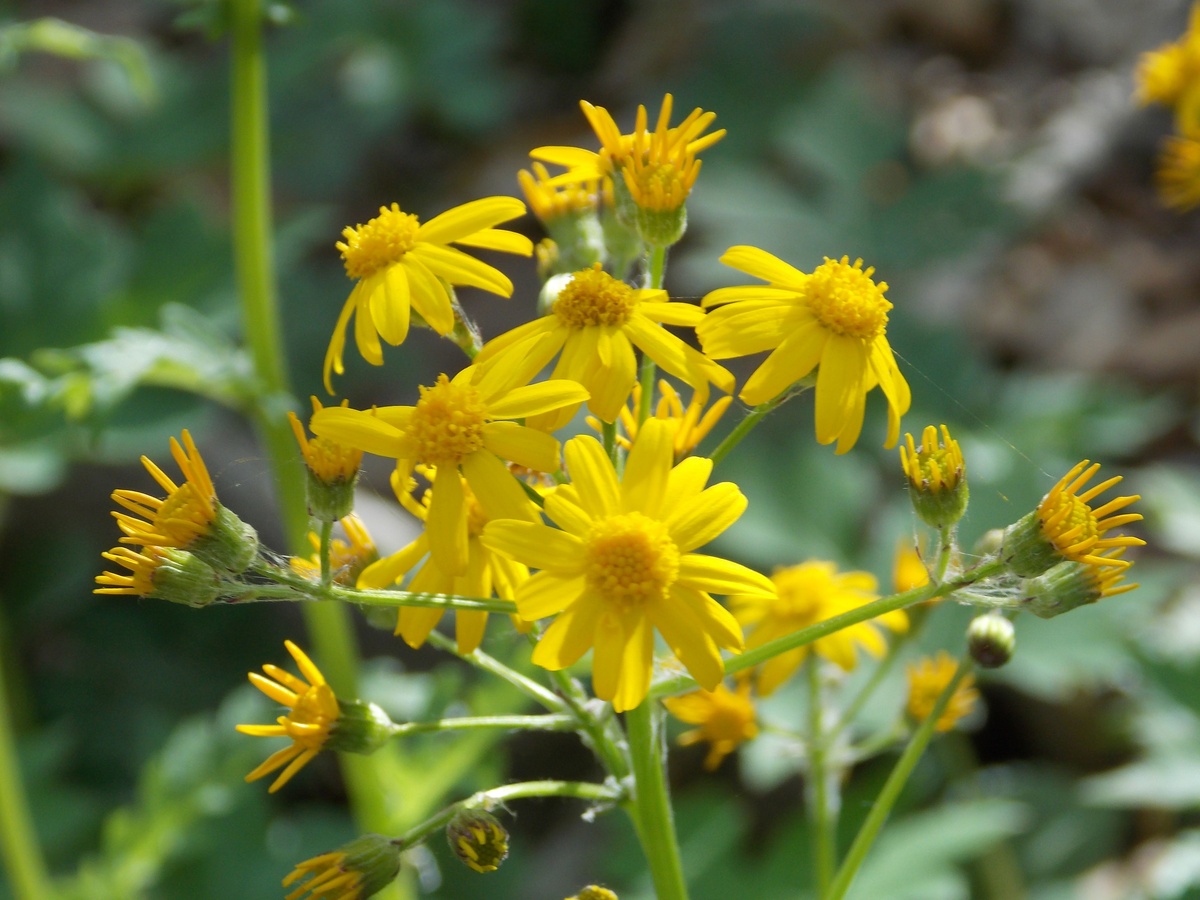
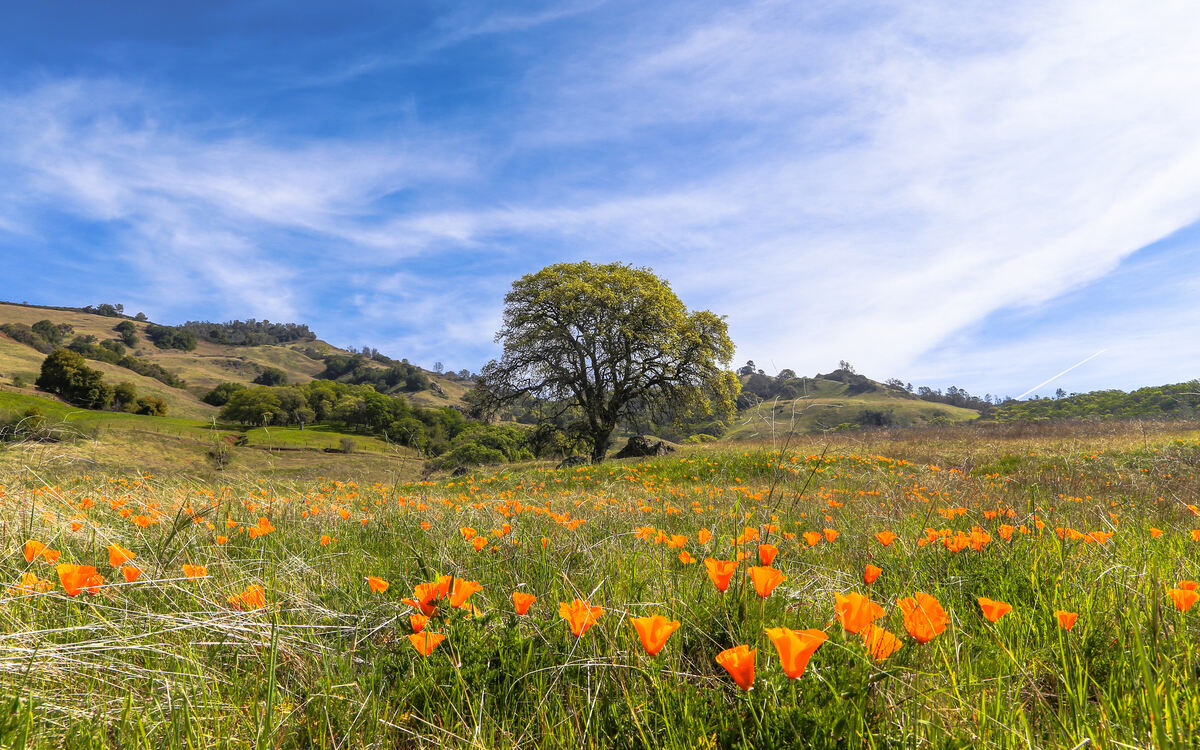
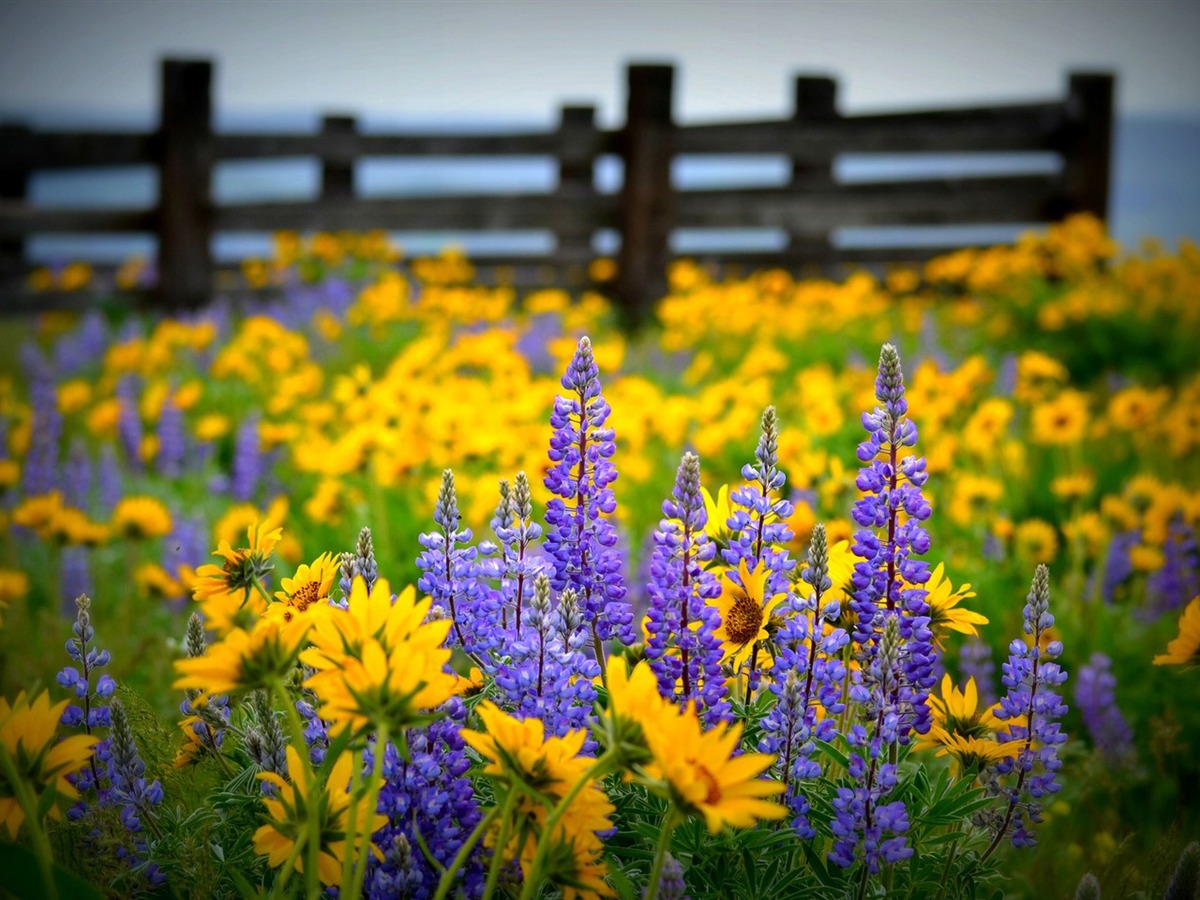
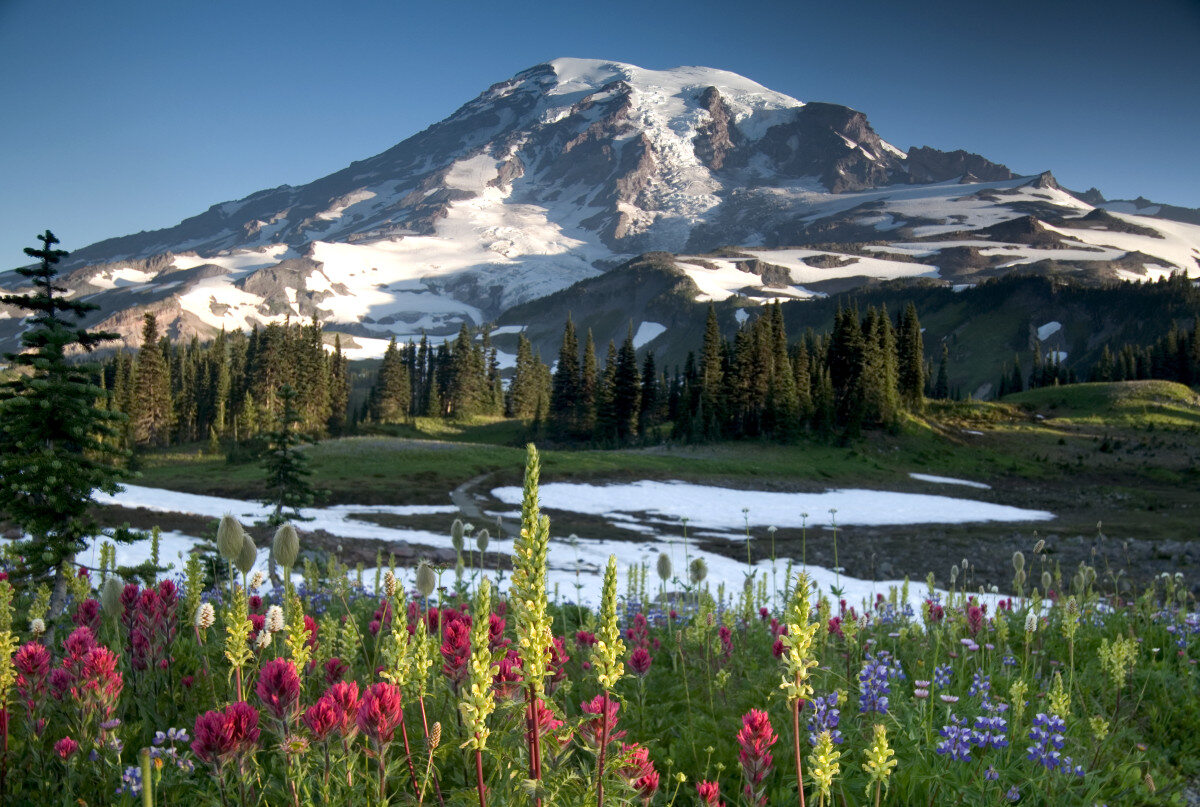
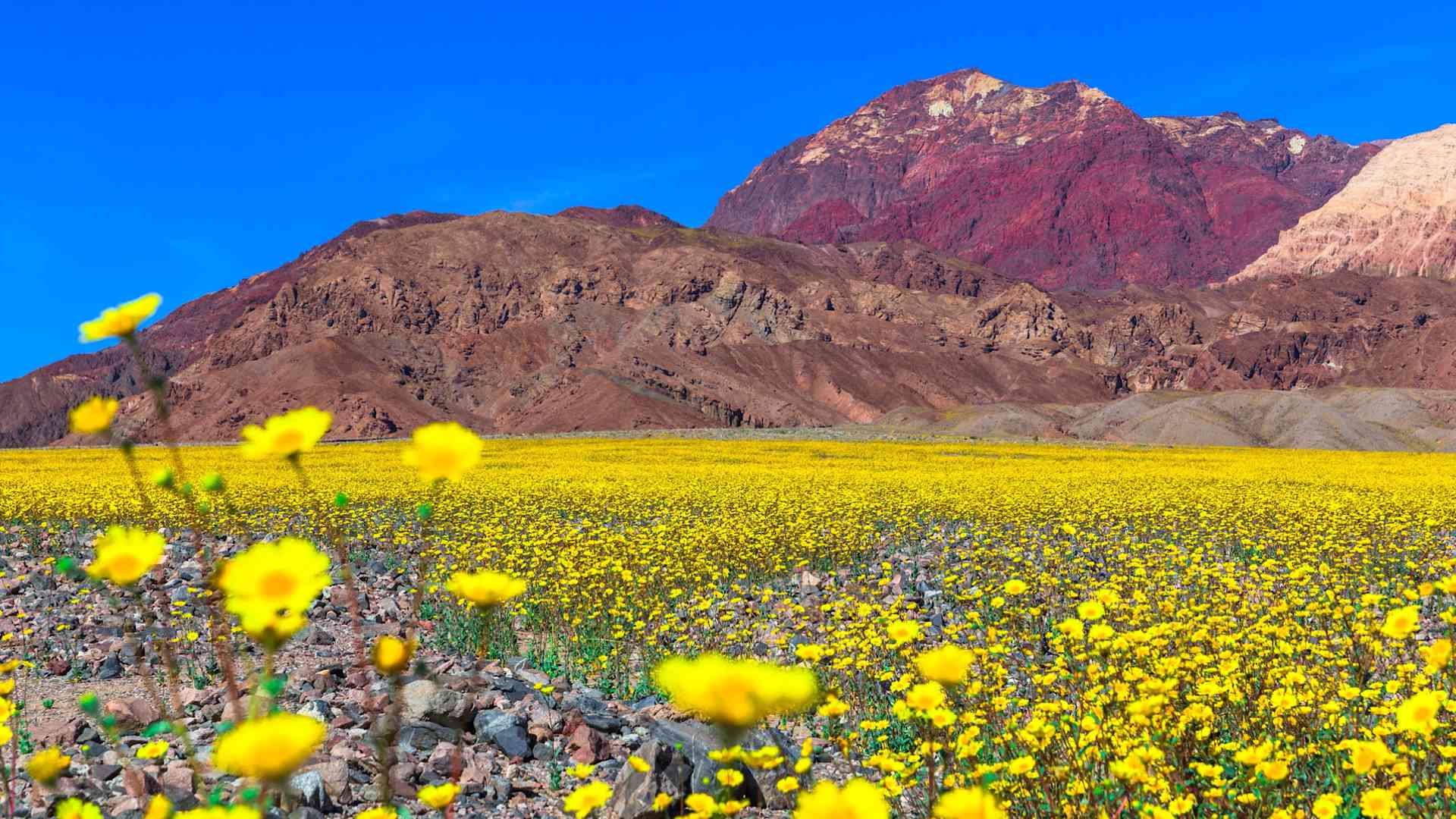
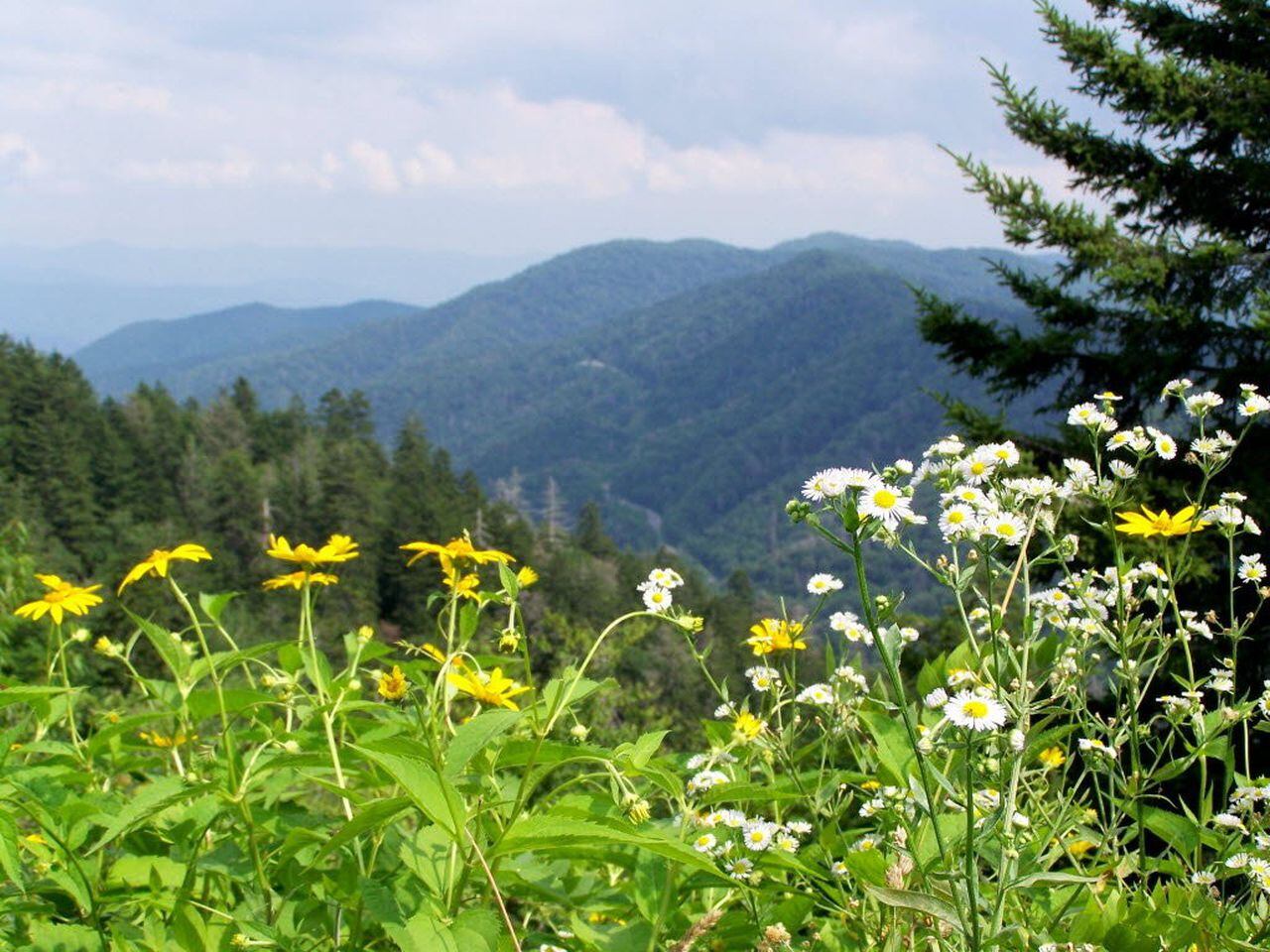
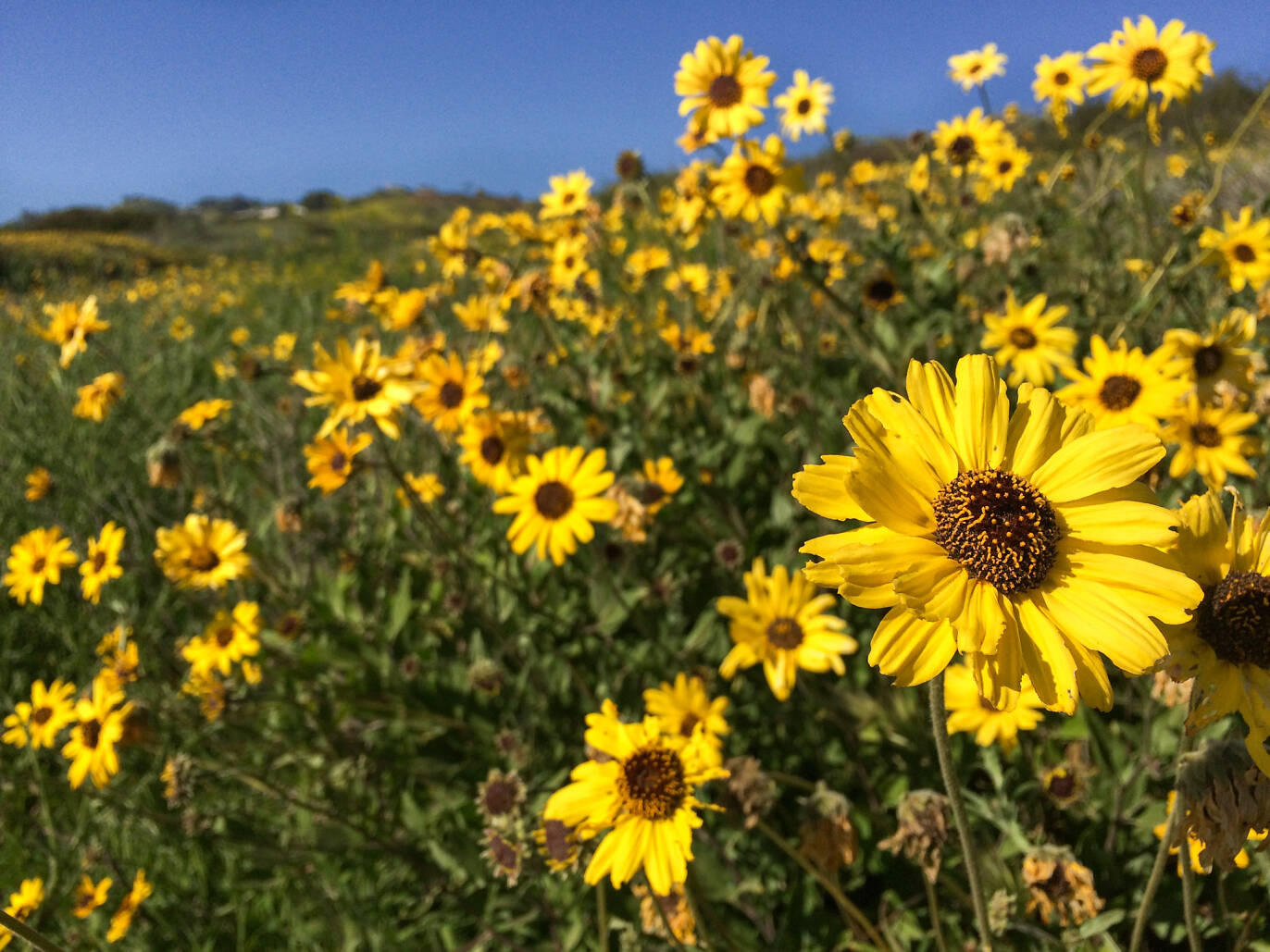
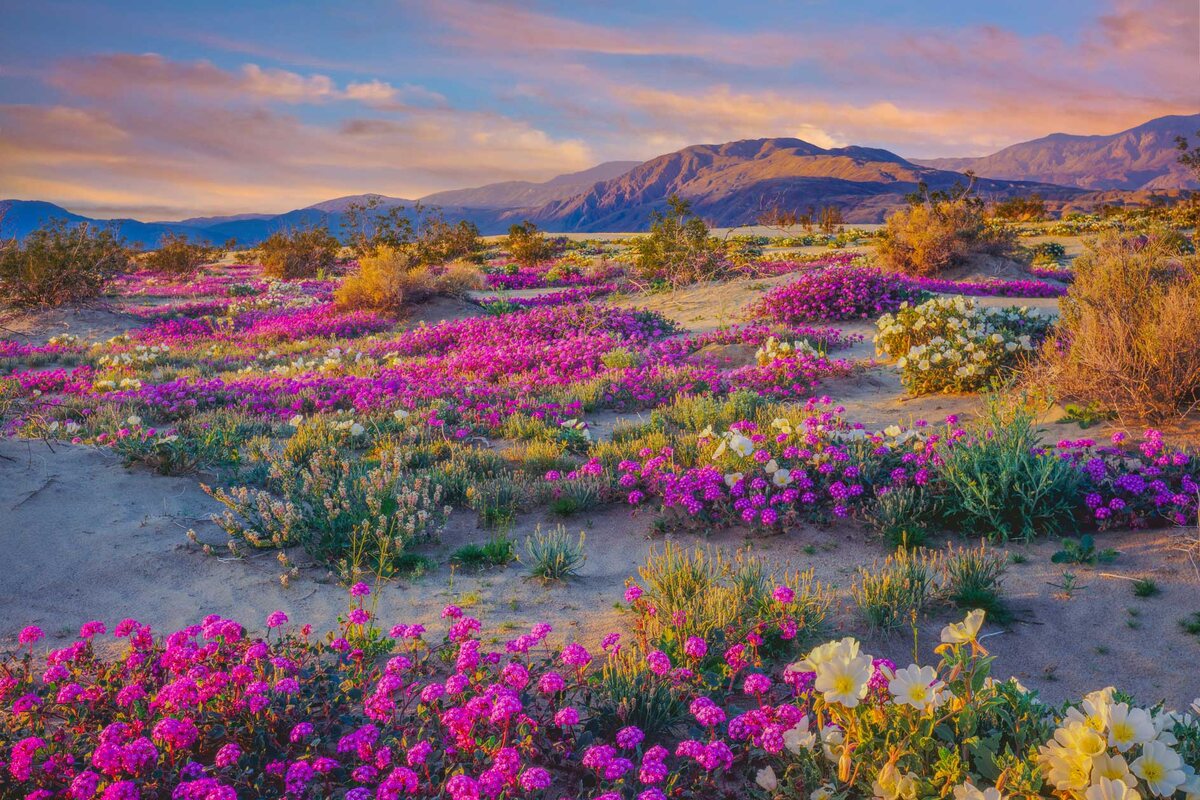
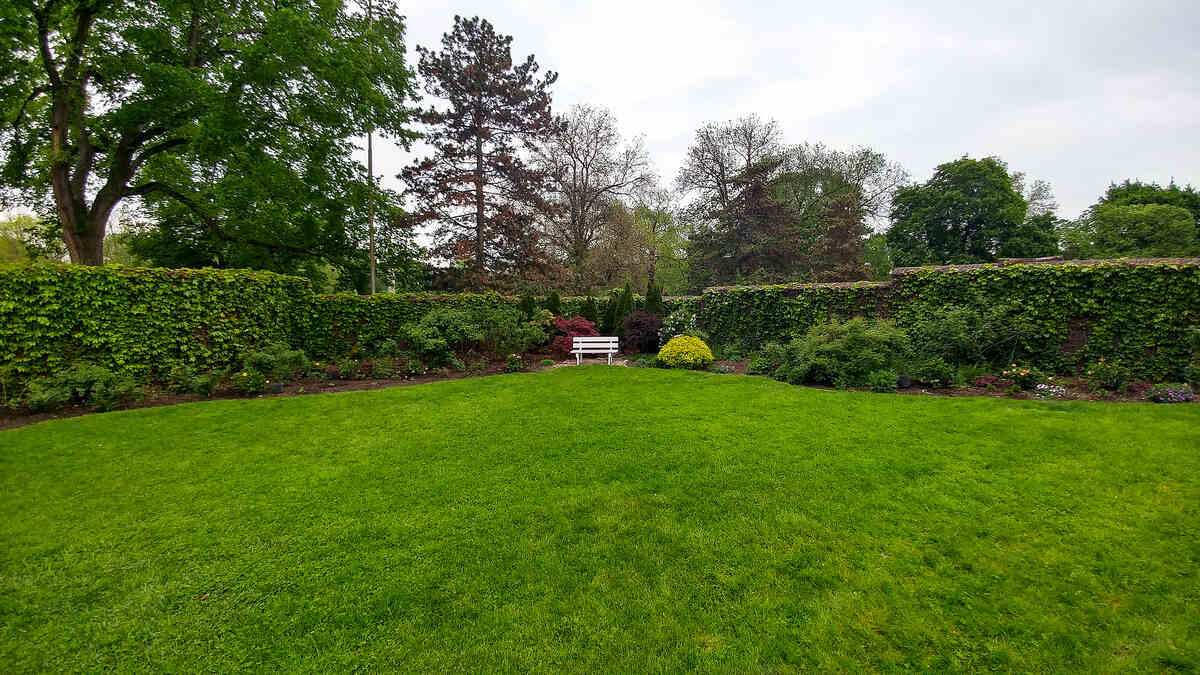
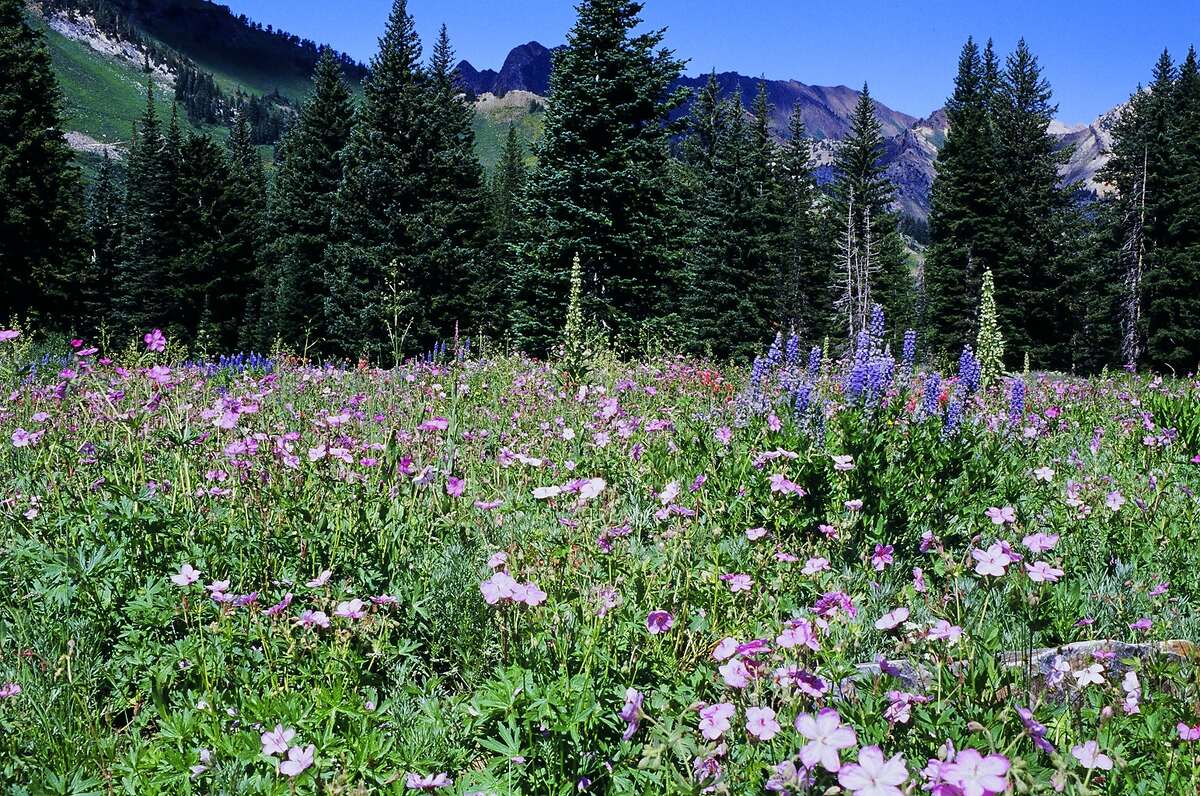
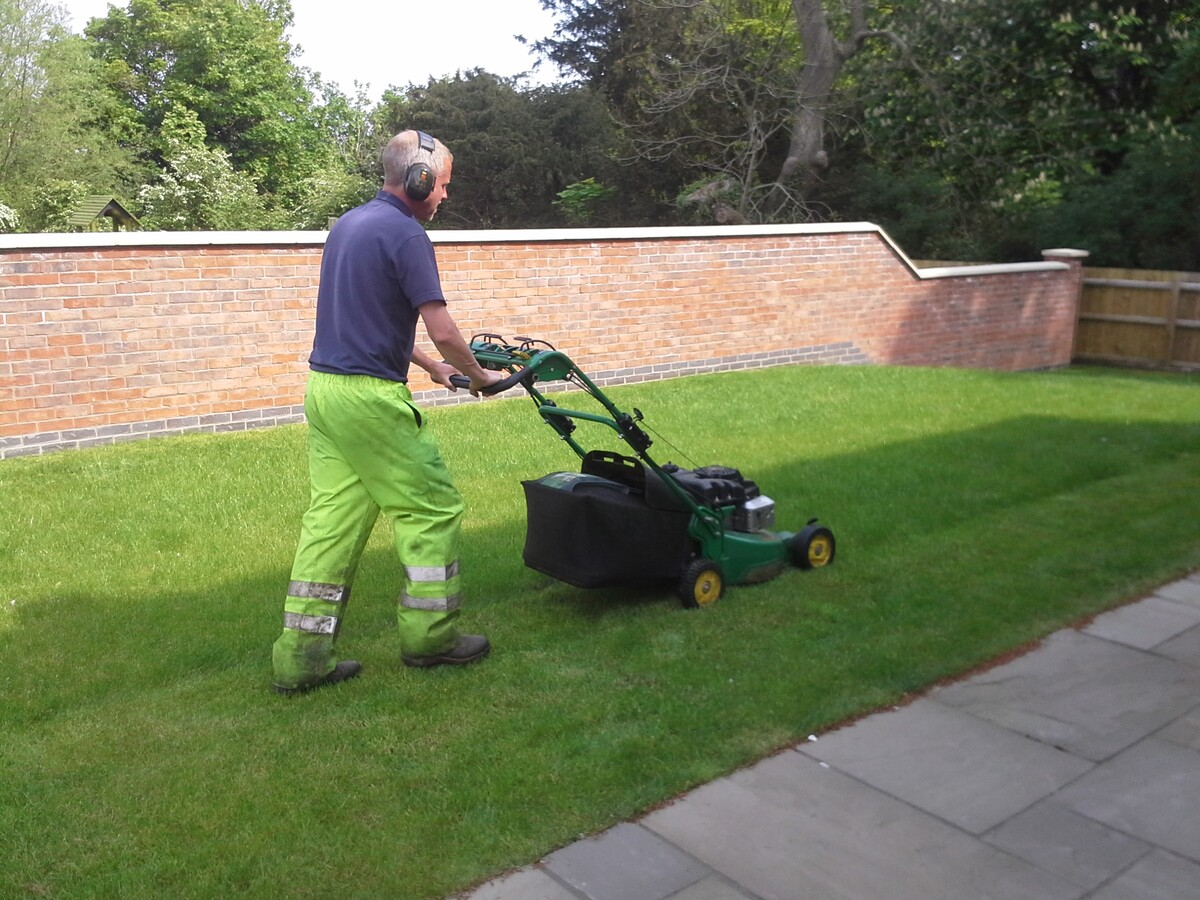
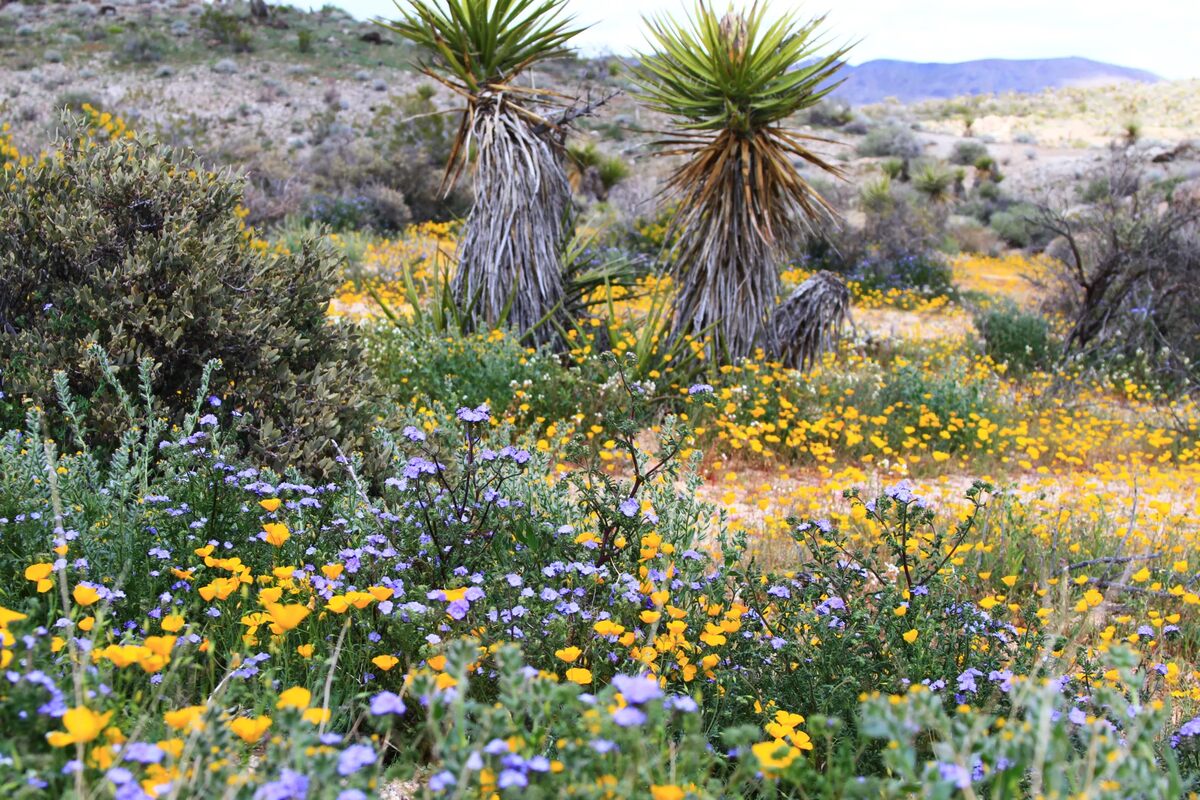
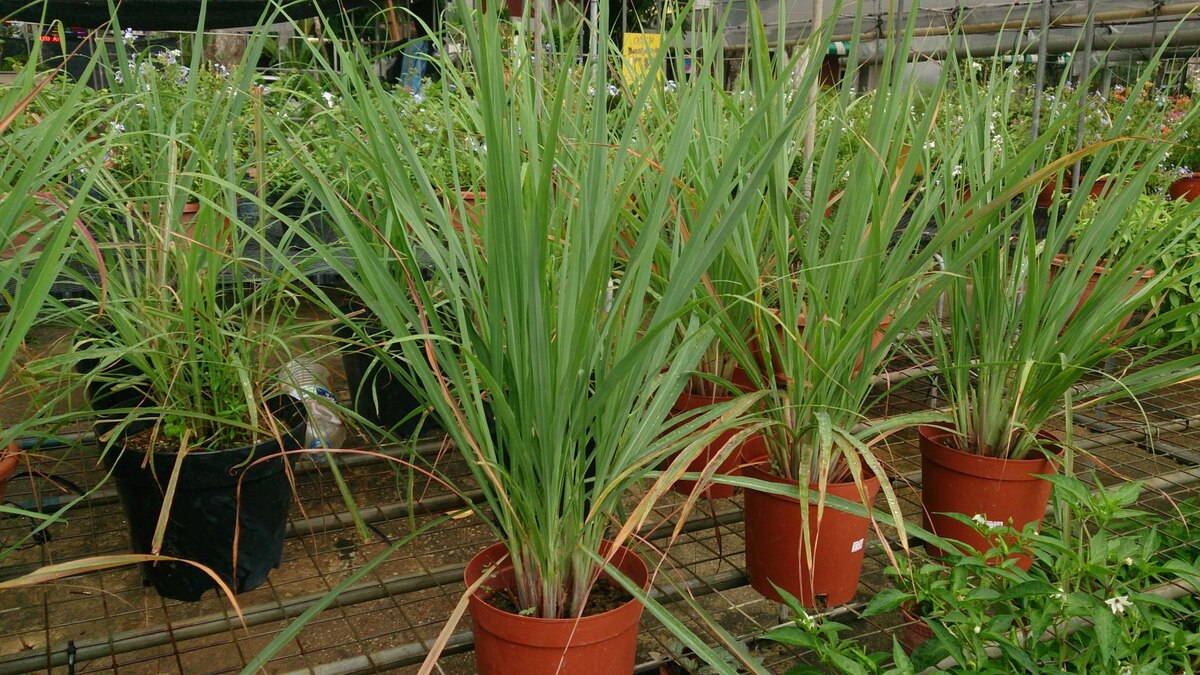
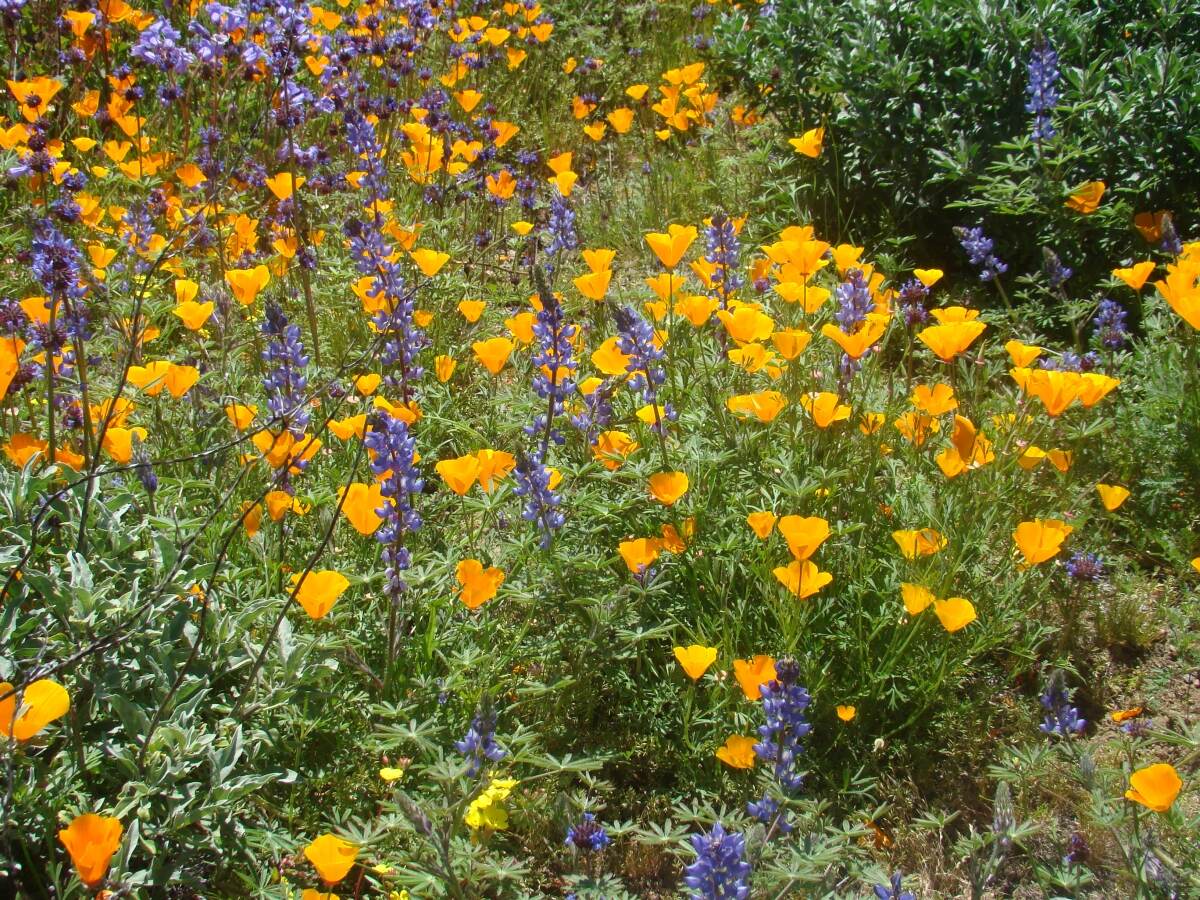

0 thoughts on “When Is Wildflower Season In Pennsylvania”